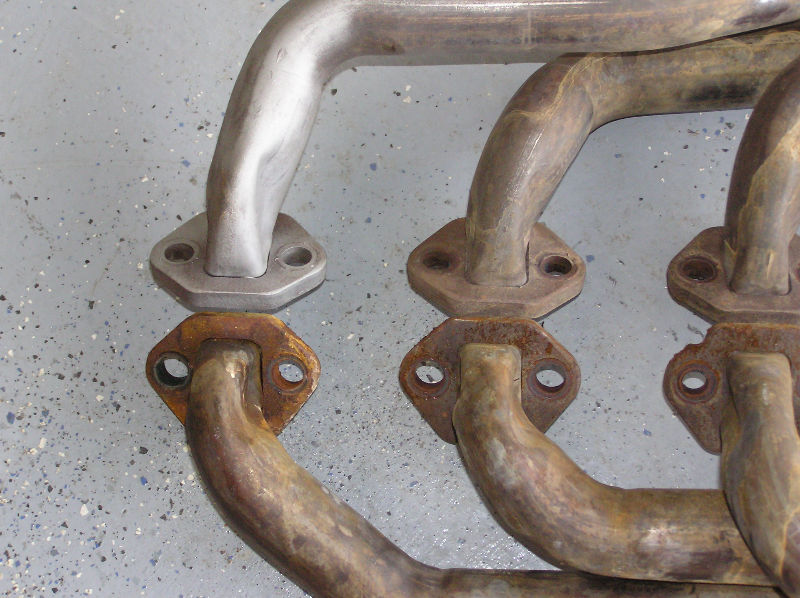We have the capabilities to glass bead blast our stainless parts for a great finish that our customers our very happy with.
Sandblasting stainless steel exhaust.
Do a google search on passivating stainless.
Sand blasting is the use of compressed air stream sprayed on quartz sand stainless steel pipe surface clean up or modification of the surface processing.
There are many types of abrasive blasting applications each of which requires the use of different types of blasting materials referred to as blasting media.
The role of blasting a lot it can remove the stainless steel tube castings forgings or after heat treatment the oxidation of the surface skin but also can remove.
A steel fabrication facility had a dedicated bay for sandblasting and painting that required capturing and filtering smoke fumes and dust.
Can you sandblast stainless steel.
The metal is passivated so that the rust free elements of the alloy nickel etc are at the surface.
The texture of the blasted surfaces vary with the blast media which include glass ceramic or lead bead silicon carbide aluminium oxide stainless steel shot or ground quartz.
Either before or after fabrication.
Mike moninger thermospray company inc.
Sand blasting can be divided into dry sand blasting and wet sand two kinds.
My company designs and builds equipment mainly for the food industry.
However a customer has inquired into passivation and if the glass bead blast technique achieves the same result.
Dust collector captures exhaust from sandblasting operation.
The sandblast material was an abrasive silica that would pulverize upon contact with the metal surface and create thousands of fine.
The post blasting stainless steel for a satin finish a guide appeared first on pittsburgh spray equipment company.
By choosing a blast media that is best suited to achieve a satin finish and understanding the settings and type of blasting to use you should be able to better achieve satin finishes when sandblasting stainless steel.
Blasting can expose rust prone elements.

